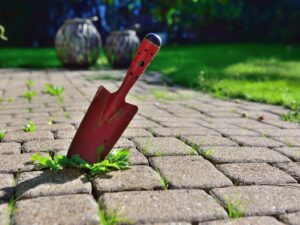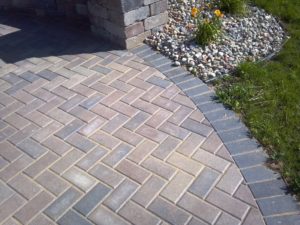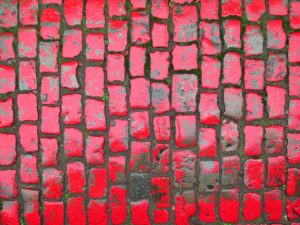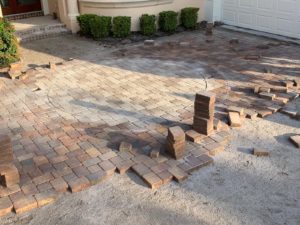Owning a beautiful paver patio is the dream of many homeowners. The popularity of paver has skyrocketed over recent years – but for all its recent popularity, many people still don’t know the intricacies of it. For instance, one of the most common questions we get is how long it takes to install pavers.
The answer to that question is not as straightforward as it seems, though. To understand the reason why, we need to explain how exactly a paver installation takes place and the elements involved.
Upon understanding that, you’ll get a clearer picture of paver installations and see why things can get so complicated. So let’s get straight to it.
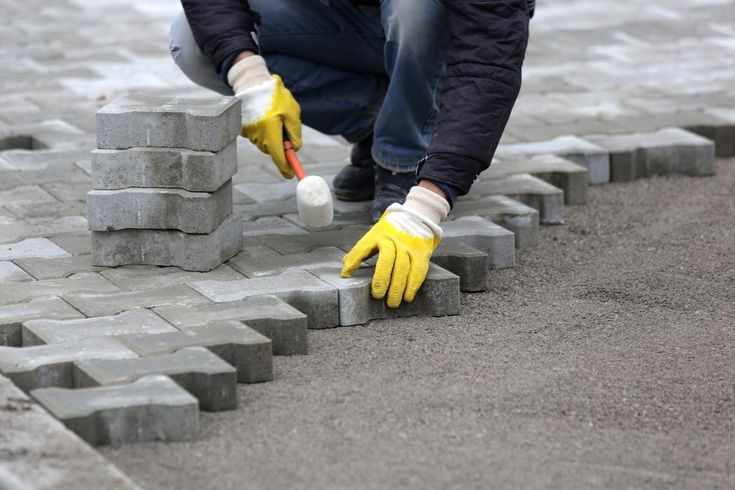
How Long to Install Pavers?
We’re going to give you an answer that may shock you, but we urge you to keep reading, so you can understand our point of view.
A complete paver installation, from start to finish, takes up at least 35 days. Possibly more in some cases.
If you make any quick research about the subject, the most common answer you’ll find is that a paver installation takes only two or three days to finish. So why are we giving this answer?
Because these two to three days are not accounting for the sealing of the pavers.
Paver installations always require sealing (unless we’re talking about porcelain pavers and similar manmade products). This is because pavers are a porous material that, when left unsealed, can easily get stained and damaged.
In this sense, you can’t say a paver installation is truly complete until you seal it.
But does it take that long to seal it?
Not really. The thing is that you have to wait at least 30 days before sealing it.
Why? Two reasons. Let’s talk about those in the next sections.
Polymeric Sand: The Magic Behind Paver Installations
Paver installations are what we call an interlocked system. The idea behind this system is that strong individual pieces (the pavers) are connected by a malleable product (polymeric sand), allowing for the flexibility and distribution of weight across the entire structure.
The polymeric sand has a pivotal role to play in this structure and is something that cannot be skipped or replaced in a paver installation.
So after you finish setting your pavers in, you’ll want to spread polymeric sand all over your installation, sweeping it to fill the joints between the pavers. After the joints are filled, you must sweep the excess sand away and slightly mist your project area.
The thing is, it is really hard to sweep all the excess sand away in one go. You must give your installation some time to settle – around 7 days – before giving it a final sweep and getting rid of all excess sand once and for all.
7 days? Well, that still does not account for the 30 days waiting period.
Indeed, it does not. The reason for the 30 days comes next.
The Waiting Period of Efflorescence
Efflorescence. That is, for sure, the worst enemy of any new paver installation.
Efflorescence is a normal reaction of any concrete-based material. Concrete is a porous material, so water can pass through it with ease.
Once a concrete product is settled, water from the underground environment will start to rise. This will bring to the surface all the salt and other water-dispersible elements that are trapped inside the concrete.
This is what efflorescence is – not actually dangerous nor exactly a problem. For more information about it, you may refer to this in-depth article.
The problem is that efflorescence can take, if we’re being honest, up to a year (in the worst-case scenario) to completely disappear. Nowadays, with more modern products and proper techniques, this waiting period was cut down to 60 days.
And if you’re very lucky, 30 days would be enough for all the efflorescence to disappear.
How Long Should I Wait Before Sealing?
That question is very complicated.
As we mentioned, if you’re lucky, 30 days would be enough to get rid of all the efflorescence. You want to wait at least that amount.
The reason for it is that you absolutely do not want to seal your paver while there’s still efflorescence to come out – since you would be trapping it inside the pavers, thus leading to some problems later on.
However, the longer your pavers go without sealing, the more vulnerable they are to stains and weather effects. So really, this is not an easy choice to make – especially alone. As you might know, getting yourself professional help is always useful for planning and logistics.
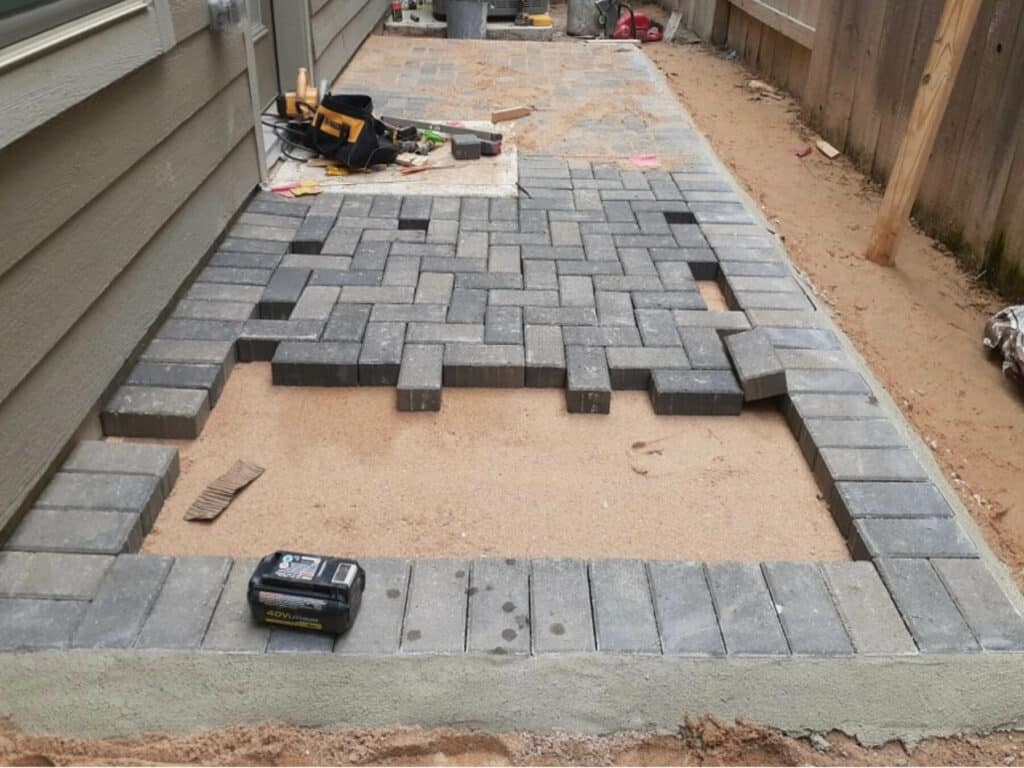
Ask for Professional Help
Now that you know how long to install pavers, let’s summarize and clarify some things:
- The “practical part” of installing pavers, which consists of digging the site, creating the bed, placing the pavers, and spreading the sand can actually be done in three to five days, tops;
- About seven days later, you’ll get rid of all the excess sand;
- Efflorescence will keep coming out of your pavers, taking between 30 and 60 days to completely appear;
- The ideal time to seal your pavers is right after that – sealing can be done in a single day;
- Sealing has a waiting period of 24 to 48 hours until they are completely dry;
- And then you can finally say your installation is complete.
As we said, there are many intricacies to a paver installation. No setting or project will be the same and, unless you are 100% confident in what you’re doing, is a dangerous thing to tackle by yourself.
During our 12 years of activity, our team at S&S Pavers has seen many homeowners try to tackle a hardscape project by themselves, only to become totally frustrated and call for our help later on.
That’s why we always recommend skipping that frustrating part and going straight to hiring a professional, if possible. Look for one in your area you can trust before making any final decisions.
If you are around the Sarasota and Manatee counties, in Florida, you’re in luck – because that’s precisely our area of activity!
So give us a call to help you. You can contact us at 941-773-3098 or email us at sales@sspavers.com. We would be happy to hear from you and help you with your project.

